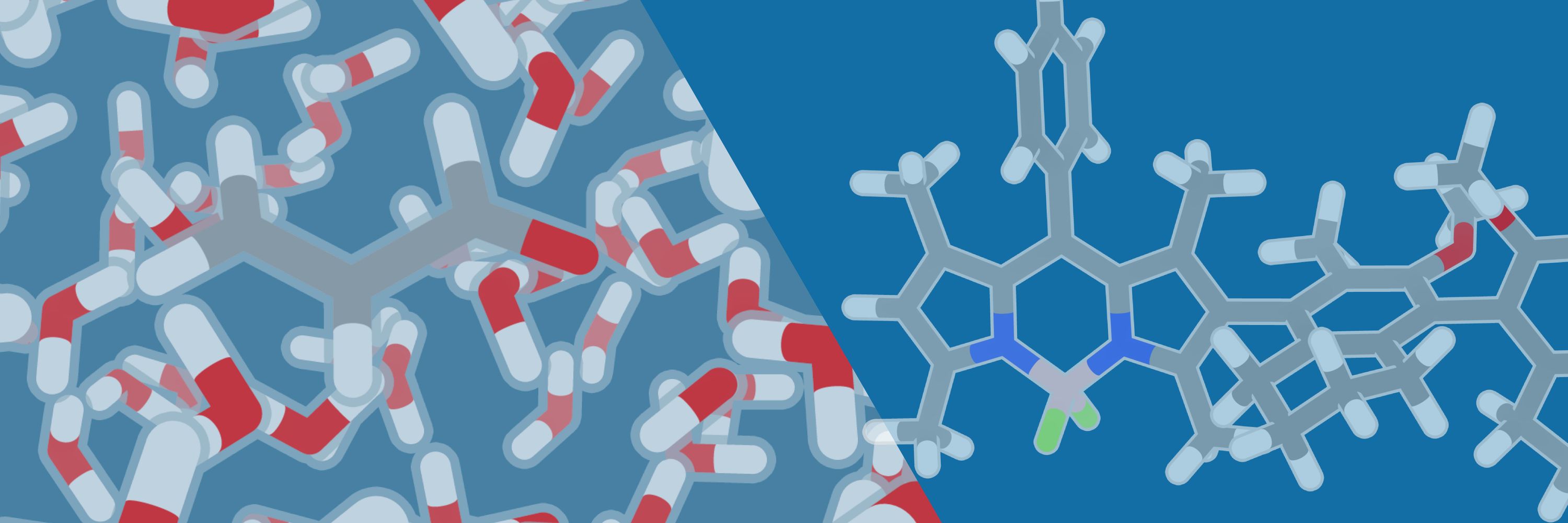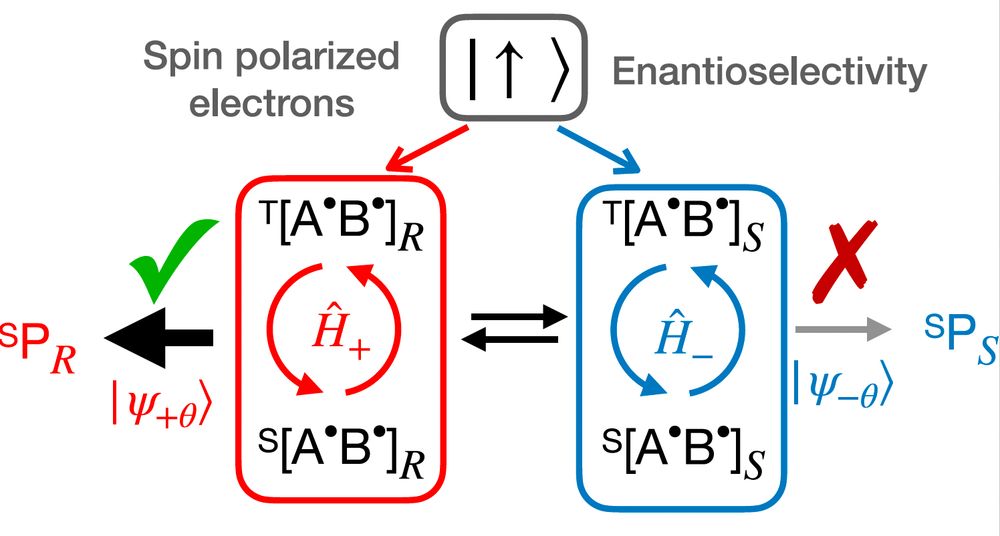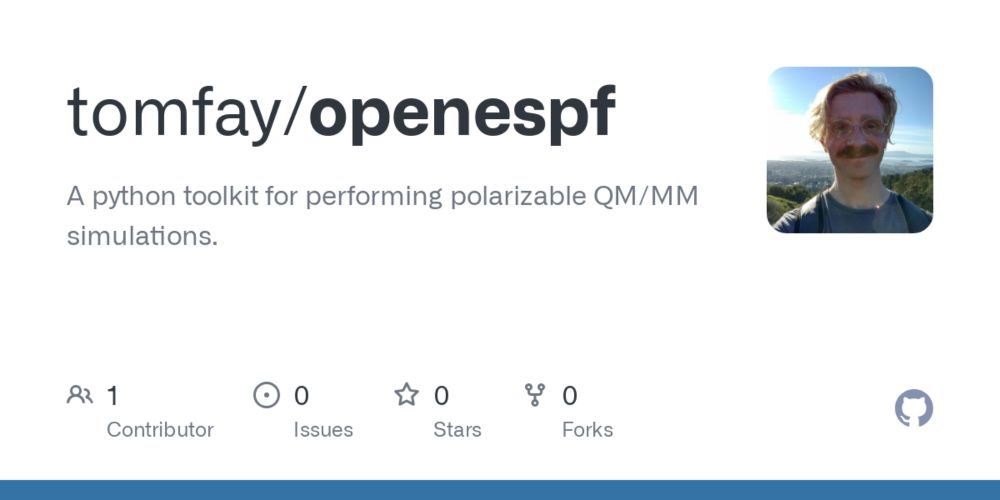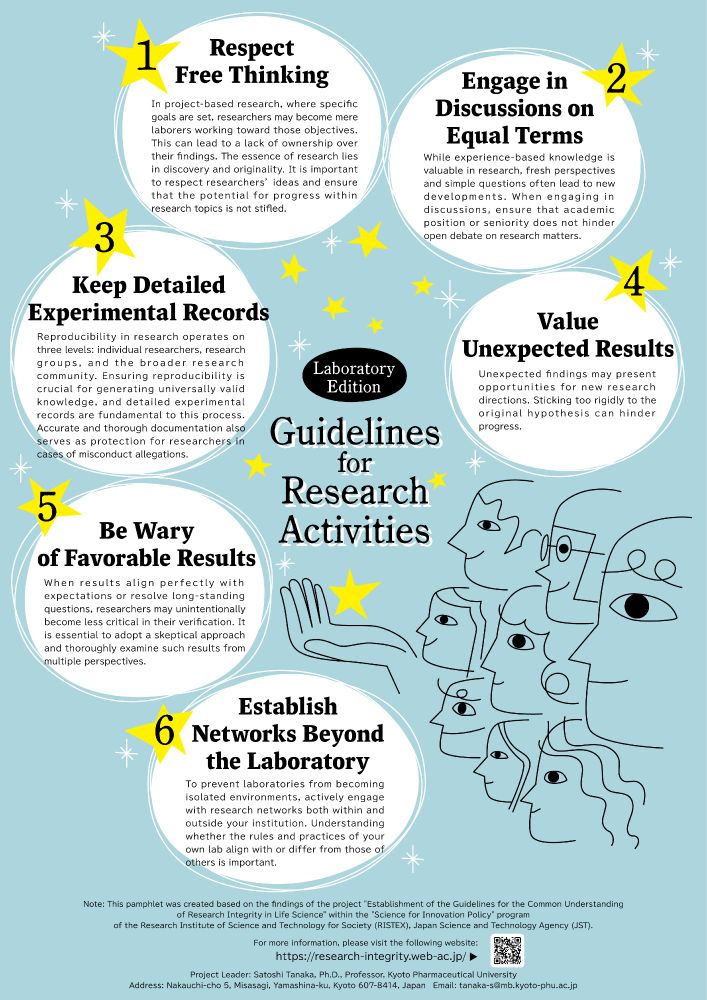Tom Fay
@tompfay.bsky.social
230 followers
360 following
27 posts
Theoretical chemist by day. Vegan by night. (Also vegan by day too.) Assistant professor at UCLA. Views are my own. Group site: https://faygroupucla.github.io Orcid: https://orcid.org/0000-0003-0625-731X
Posts
Media
Videos
Starter Packs
Tom Fay
@tompfay.bsky.social
· 27d
Tom Fay
@tompfay.bsky.social
· 27d
Tom Fay
@tompfay.bsky.social
· 27d

Analytic Gradients and Periodic Boundary Conditions for Direct Reaction Field Polarizable QM/MM with Electrostatic Potential Fitting
Our recently developed Direct Reaction field with ESPF Embedding Model (DREEM) method offers an efficient and physically rigorous framework for incorporating polarizable molecular mechanics (MM) environments into quantum mechanics/molecular mechanics (QM/MM) simulations. By coupling the QM and MM regions through the instantaneous MM electrostatic polarization response to QM charge density fluctuations, DREEM enables consistent treatment of ground and excited electronic states, capturing electronic state-specific polarization and dispersion effects absent in conventional mean-field or linear response approaches. The use of the electrostatic potential fitting (ESPF) approximation method to describe charge density fluctuations significantly improves the computational efficiency compared to the integral-exact direct reaction field. In this work, we present two methodological advancements to extend the applicability of DREEM to realistic condensed-phase simulations: first, the development of efficient analytic energy gradients, enabling geometry optimization, transition state searches, and molecular dynamics; and second, a formulation of periodic boundary conditions (PBC) compatible with the DREEM framework. These capabilities are implemented in the open-source OpenESPF code, interfacing PySCF and OpenMM for high-performance QM and MM calculations. We demonstrate that the resulting implementation enables practical simulations of excited-state optical properties in periodic polarizable environments, where we calculate the fluorescence spectrum of acetone in water, including quantum vibronic and non-Condon effects. This paves the way for predictive modeling of photochemical reactivity and spectroscopy in complex systems where environment polarization is important.
doi.org
Tom Fay
@tompfay.bsky.social
· Sep 8
Tom Fay
@tompfay.bsky.social
· Sep 8
Tom Fay
@tompfay.bsky.social
· Sep 8

Enantioselective Radical Reactions Can Be Induced by Electron Spin Polarization: A Quantum Mechanism for Nature’s Emergent Homochirality?
Biomolecules that constitute life on Earth are chiral, but the precise mechanism by which homochirality emerged remains a mystery. In this work, it is demonstrated that reactions of radical pairs, whe...
doi.org
Reposted by Tom Fay
Tom Fay
@tompfay.bsky.social
· Jul 18
Tom Fay
@tompfay.bsky.social
· Jul 18
Tom Fay
@tompfay.bsky.social
· Jul 18
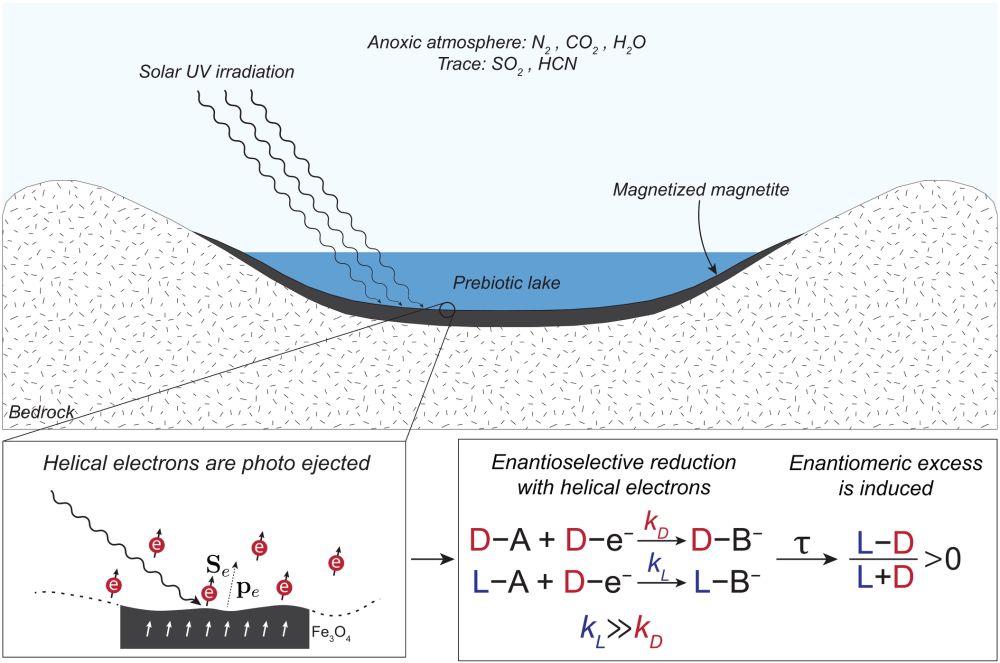
On the origins of life’s homochirality: Inducing enantiomeric excess with spin-polarized electrons | PNAS
Life as we know it is homochiral, but the origins of biological homochirality on early
Earth remain elusive. Shallow closed-basin lakes are a plaus...
doi.org
Tom Fay
@tompfay.bsky.social
· Jun 2
Tom Fay
@tompfay.bsky.social
· Jun 2
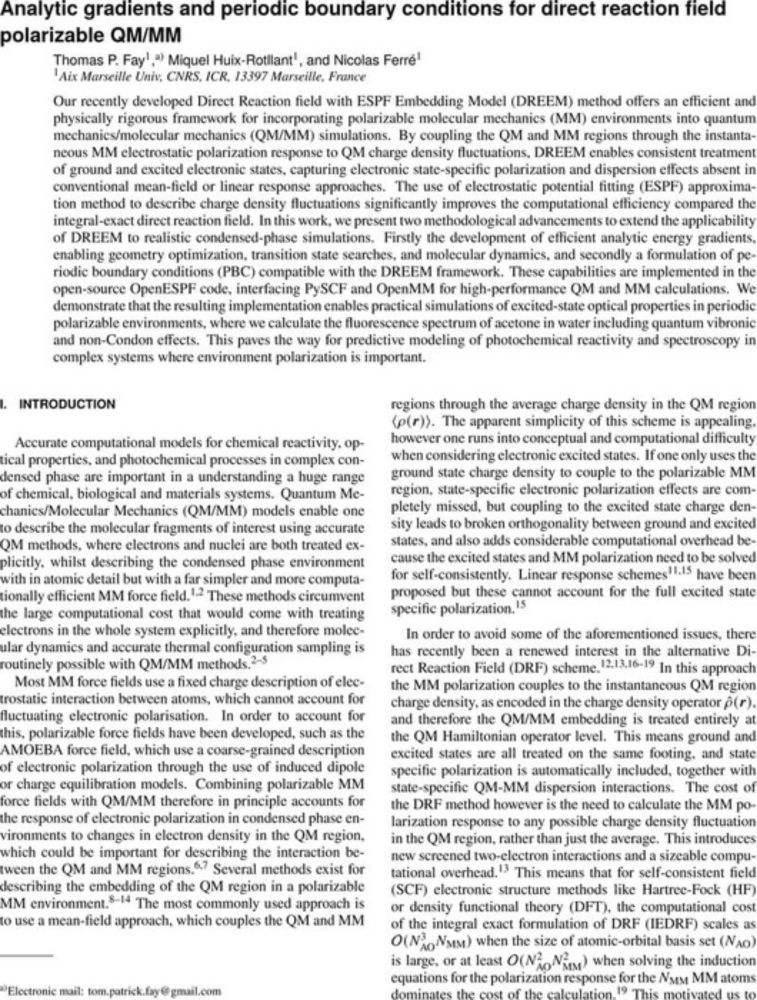
Analytic gradients and periodic boundary conditions for direct reaction field polarizable QM/MM
Our recently developed Direct Reaction field with ESPF Embedding Model (DREEM) method offers an efficient and physically rigorous framework for incorporating polarizable molecular mechanics (MM) envir...
chemrxiv.org
Tom Fay
@tompfay.bsky.social
· May 30
Reposted by Tom Fay
Tom Fay
@tompfay.bsky.social
· Apr 8
Reposted by Tom Fay
Tom Fay
@tompfay.bsky.social
· Mar 20

pyTTN: An Open Source Toolbox for Open and Closed System Quantum Dynamics Simulations Using Tree Tensor Networks
We present the Python Tree Tensor Network package (pyTTN) for the evaluation of dynamical properties of closed and open quantum systems that makes use of Tree Tensor Network (TTN), or equivalently the...
arxiv.org
Tom Fay
@tompfay.bsky.social
· Mar 19
Tom Fay
@tompfay.bsky.social
· Mar 19
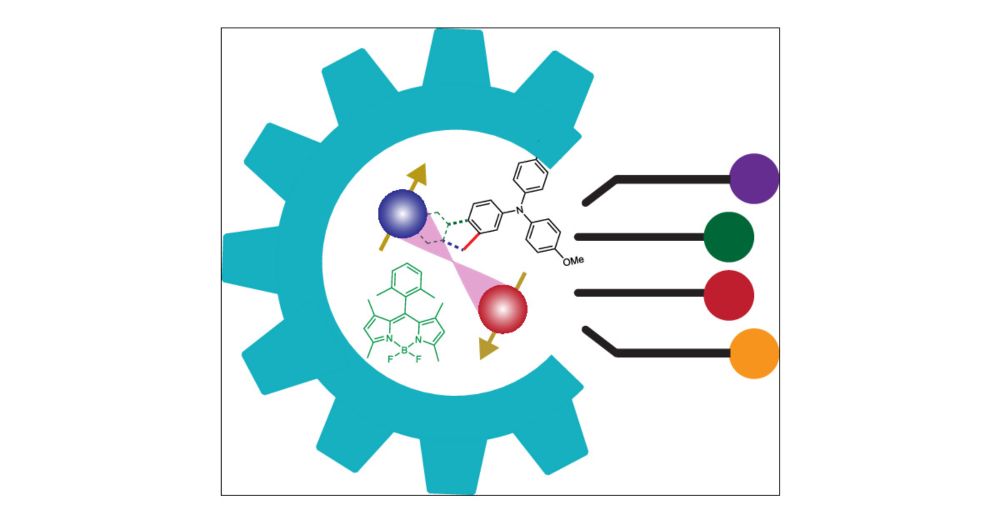
Molecular Engineering of Emissive Molecular Qubits Based on Spin-Correlated Radical Pairs
Spin chemistry of photogenerated spin-correlated radical pairs (SCRPs) offers a practical approach to control chemical reactions and molecular emissions by using weak magnetic fields. This capability ...
doi.org
